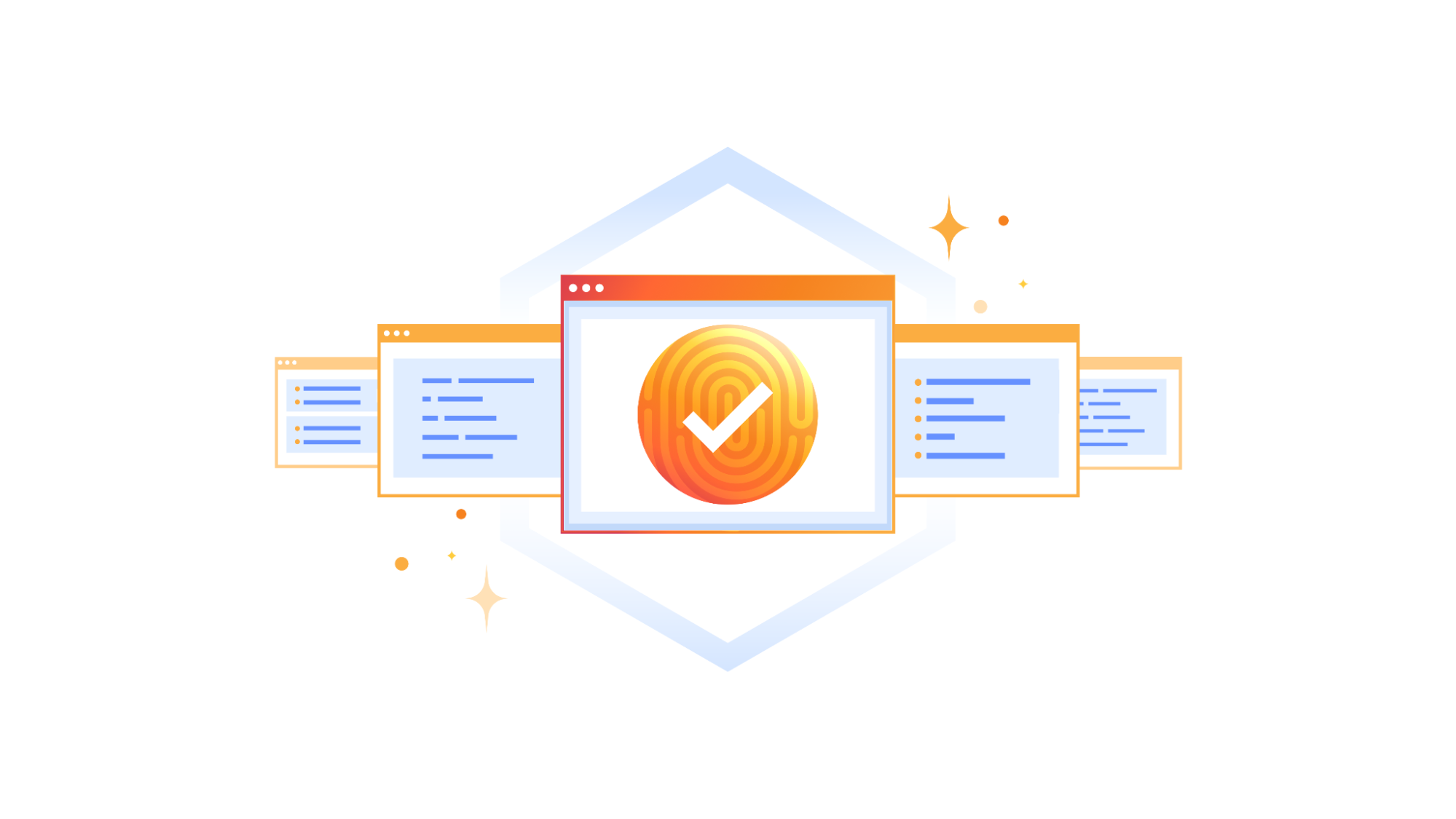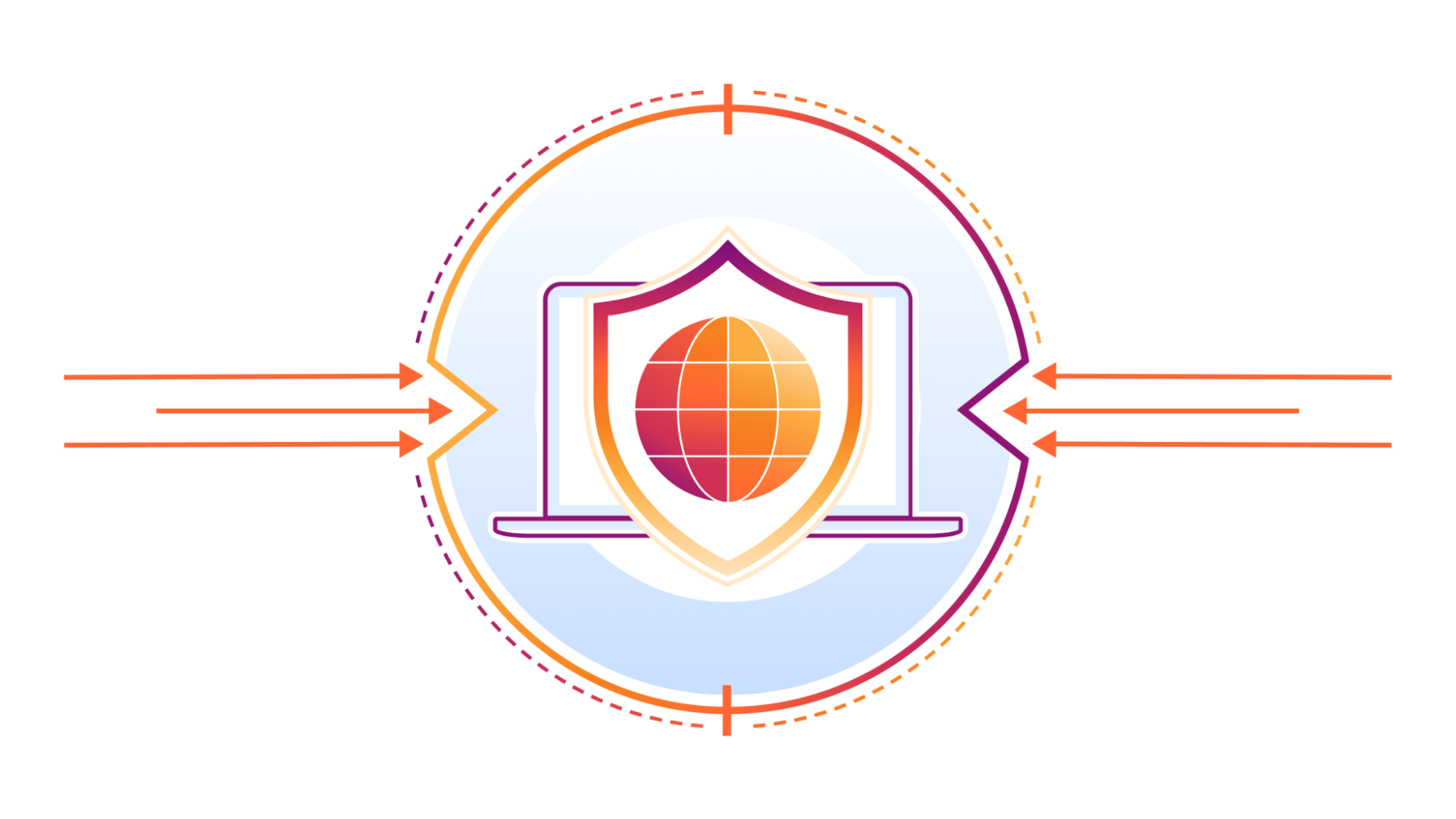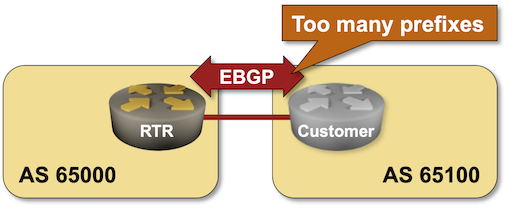What’s new in Calico – Spring 2024
Last quarter we announced Calico Cloud’s ‘Cluster Security Score’ feature as part of cluster security posture management. Today, we are excited to announce product and user experience improvements and better user experience for the Calico platform. This blog covers all major updates including VXLAN-based cluster mesh networking, advanced observability and troubleshooting features, improved support for Windows-based containers, third-party integration using webhooks, and enhanced egress gateway high-availability.
By leveraging these new features, organizations can streamline their Kubernetes cluster management, enhance network visibility, and ensure reliable connectivity and security for their applications across clusters.
Enhanced cluster mesh implementation
Kubernetes does not natively support inter-cluster pod to pod communication. While routable IPs is a way to solve this, it requires changes to the underlying network which is both challenging and time consuming. Calico’s new capability solves this by implementing VXLAN support. You no longer need to make any changes to the network to enable pod to pod connectivity across multiple clusters. This allows you to easily deploy applications and services across multiple clusters, and manage them as a single entity.
Calico’s cluster mesh is fully integrated with its policy and security features, so that policies and security controls can be applied Continue reading







